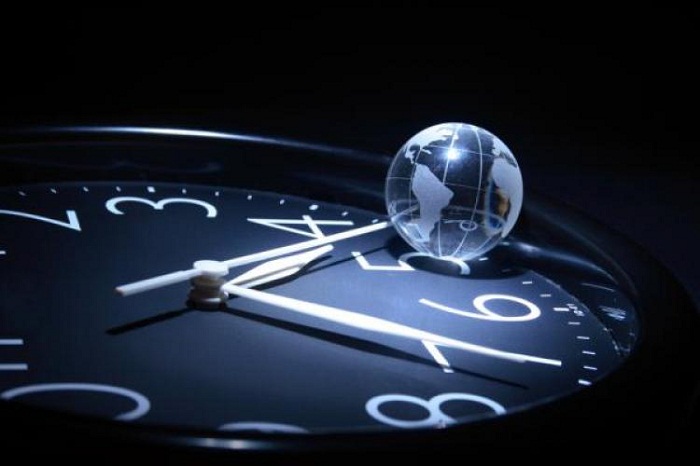Given that 2016 was already a leap year, this means it’s going to take us extra long to get to 2017 - although, given the fact that all our technology is speeding up our perception of time, it’s probably going to feel faster than ever.
Leap years and seconds are used by the IERS to regulate Coordinated Universal Time (UTC) - the measure by which the world regulates its clocks and timekeeping - on a planet with an inconsistent spin.
Earth’s spin on its axis is almost the same year in, year, out, but not quite. As Signe Dean explained for us last year, its spin is being slowed down ever so slightly by the Moon’s gravitational drag.
"It pulls on the tidal bulge of our planet, which causes tidal friction, putting energy into the Moon`s orbit," says Dean. "As a result, sometimes we need to add an extra second to our clocks, because Earth`s rotation is slowing down by two-thousandths of a second every day.
Not only that, but unpredictable factors such as particularly strong earthquakes can affect how long Earth takes to rotate on its axis.
UTC is maintained by the most accurate timekeepers on Earth - atomic clocks. Atomic clocks are so accurate, they won`t gain or lose a second for several billion years.
Until very recently, our most accurate time-keepers were caesium atomic clocks - devices that contain a `pendulum` of atoms that are excited into resonance by microwave radiation.
It`s on these clocks that the official definition of the second - the Standard International (SI) unit of time - is based, but a new, even more accurate type of optical atomic clock, the ytterbium atomic clock, could see a redefinition of the second in the coming years.
"It is regarded as certain that a future redefinition of the SI second will be based on an optical atomic clock," the team behind the ytterbium clock said earlier this year. "These have a considerably higher excitation frequency (1E14 to 1E15 Hz), which makes them much more stable and more accurate than caesium clocks."
So how are our clocks and phones going to cope with having to display 11:59:60? As Jacob Aron reports for New Scientist, because leap seconds can wreak havoc on computer systems, "they are always only added or removed at the end of June or December each year, and announced six months in advance to ensure plans are in place to properly account for the new official time".
There`s now a movement calling for the rejection of leap seconds, which would see us be 2 or 3 minutes out of sync with the position of the Sun by 2100.
A decision by the IERS regarding the future of the leap second was expected late last year, but it was postponed, so our poor phones will have to sweat it out until then.
More about:















































